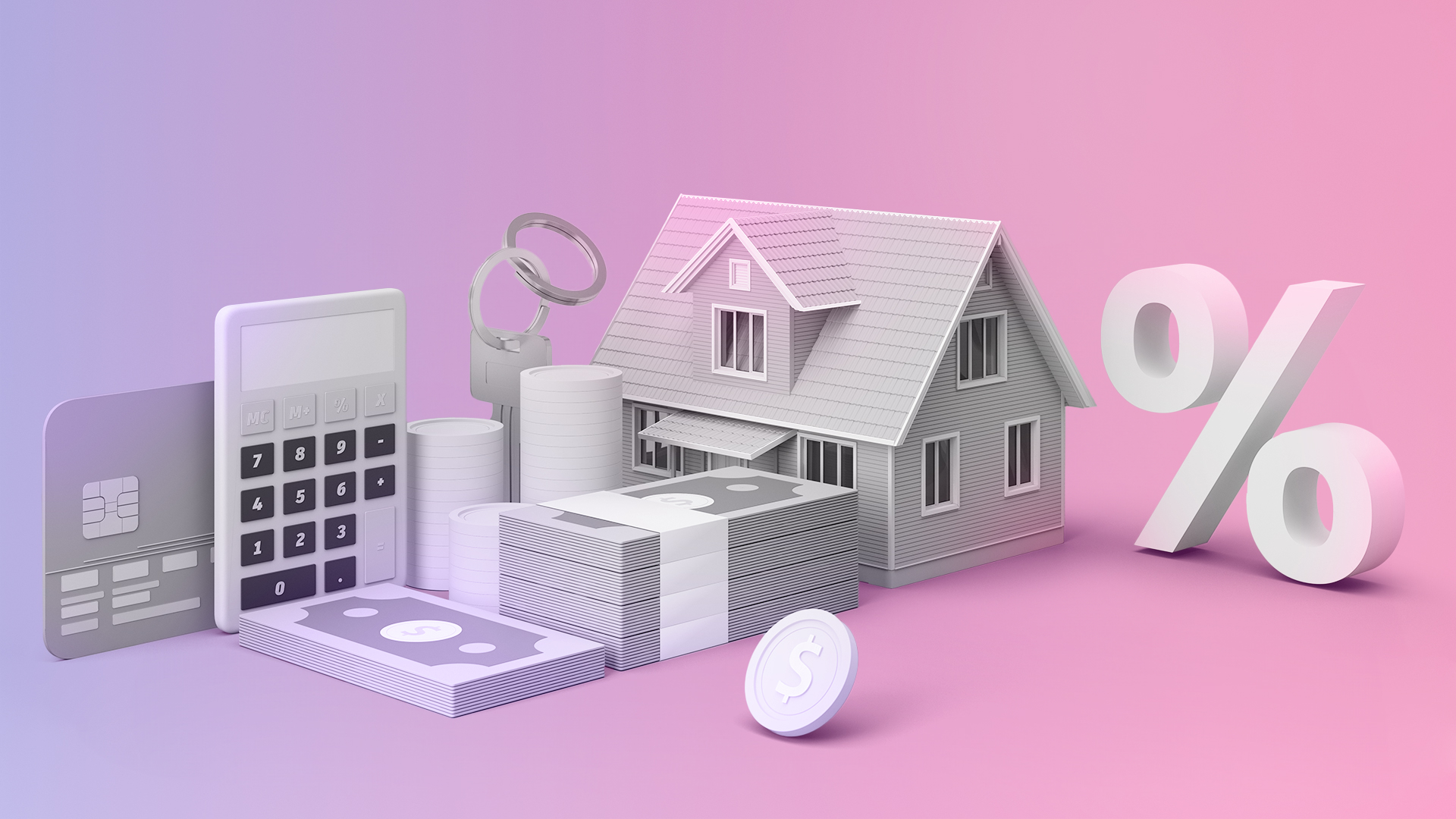What Is an Offset Account?
Want to reduce the amount of interest payable on your home loan, an offset account could be the answer. Here’s what you need to know about offset accounts and how they work.
Different types of loans come with their own set of features and facilities that could help you achieve your financial goals. If you’re looking for ways to reduce the amount of interest payable on your home loan, an offset account could be the answer.
Here’s everything you need to know about offset accounts and how they work.
What is an offset account?
An offset account is a type of transaction account that’s linked to your home loan. You can deposit funds, like your salary or savings, into an offset account and the balance is used to offset the amount owing on your mortgage. Unlike redraw accounts, the money sitting in your offset account can be easily accessed at any time.
When it comes to withdrawing funds or making transactions, offset accounts work in much the same way as an everyday account. You can even get a debit card that’s linked to your offset account so you can use ATMs and make purchases in-store.
How does an offset account work?
Often, the best way to clearly explain how these types of features work is with an example, so let’s get into it.
Let’s say you take out a $500,000 home loan. You didn’t want to completely exhaust all of your savings, so you’ve left yourself with a $10,000 buffer in the bank which you deposit into your brand-new offset account. Instead of being charged interest on your $500,000 home loan balance, the interest will be calculated on $490,000. This is the difference between how much you owe the bank and how much you have sitting in your offset account.#
If you were to continue to deposit $50 into your offset account each week without making any withdrawals, you could potentially save over $140,000 in interest over the life of a 30-year loan with an interest rate of 5.9%. This could effectively reduce your loan term by almost four years. Ultimately, the more money you have stashed in your offset account, the less interest you pay on your mortgage.*
What are the benefits of an offset account?
Offset accounts can offer several key benefits, including:
- Interest savings: Although we’ve already touched on the concept of interest savings, this is by far one of the biggest benefits that offset accounts provide. Because the balance in the offset account is subtracted from the outstanding loan balance when calculating interest, you can pay less interest over the life of the loan.
- Faster loan repayment: By reducing the effective loan balance through an offset account, you have the opportunity to pay off your mortgages faster. This can result in shorter loan terms and big interest savings.
- Tax efficiency: As you possibly already know, the interest earned on traditional savings accounts is generally taxable. However, the interest savings from an offset account aren’t considered taxable income. This can make offset accounts a tax-effective strategy for homeowners.
- Flexibility: Offset accounts provide flexibility in managing finances. You’re still able to access the funds in the offset account, allowing for easy withdrawals, payments and deposits. Having access to these funds can be helpful for handling unexpected expenses or taking advantage of potential investment opportunities as they arise.
If you think an offset account could be for you, it’s worth noting that not all lenders offer offset accounts and they’re also not available with all types of home loans. It’s also worth checking to see whether there are any additional account fees that come with access to an offset account.
How you could get the most out of your offset account
If you’re keen to maximise the benefits of your offset account, here are a few nifty tips:
- Stash your savings in your offset account: Your savings will work harder for you in an offset account compared to a traditional savings account. Although you could be earning interest on your savings, you’ll have to pay income tax on the interest. Plus, there’s a good chance that the interest charged on your home loan is more than what you would earn in a high-interest savings account, so it generally makes more sense to offset your savings against your mortgage and save on interest there instead.
- Pay your salary into your offset account: Having your salary paid into your offset account can be a great way to grow the funds in your offset. Even if the amount of cash in your offset account fluctuates, with interest being charged daily every little bit helps you save on those interest charges.
- Set up automatic transfers to your offset account: You might want to consider setting up automatic transfers from your main transaction account to your offset account. This helps to ensure a consistent flow of funds into the offset, making it easier to build up the balance over time.
- Create multiple offset accounts: Some lenders allow you to open a number of offset accounts that can be linked to your home loan. If you’re a person who prefers to separate your accounts based on their purpose, you can still set up your individual buckets with your offset accounts.
While offset accounts can offer a range of benefits, it’s important to make sure you familiarise yourself with the terms and conditions, including any potential fees or restrictions imposed by the lender. If you’re still unsure whether an offset account is right for you, it could be worth seeking professional guidance. A mortgage broker should be able to provide you with tailored advice based on your personal situation and financial goals.
While Unloan doesn’t currently offer offset accounts, we do have a range of great features that come with our hard-working home loan. Enjoy competitive interest rates, annual discounts and no fees when you refinance with Unloan. Use our calculator to find out how much you could save by switching to Unloan.
This article is intended to provide general information only. It does not have regard to the financial situation or needs of any reader and must not be relied upon as financial product advice. Please consider seeking financial advice before making any decision based on this information.
Unloan is a division of Commonwealth Bank of Australia.
Applications are subject to credit approval; satisfactory security and you must have a minimum 20% equity in the property. Minimum loan amount $10,000, maximum loan amount $10,000,000.
Unloan offers a 0.01% per annum discount on the Unloan Live-In rate or Unloan Invest rate upon settlement. On each anniversary of your loan’s settlement date (or the day prior to the anniversary of your loan’s settlement date if your loan settled on 29th February and it is a leap year) the margin discount will increase by a further 0.01% per annum up to a maximum discount of 0.30% per annum. Unloan may withdraw this discount at any time. The discount is applied for each loan you have with Unloan.
There are no fees from Unloan. However, there are some mandatory Government costs depending on your state when switching your home loan. For convenience, Unloan adds this amount to the loan balance on settlement.
* Other third-party fees may apply. Government charges may apply. Your other lender may charge an exit fee when refinancing.
#The example given is for illustrative purposes only, rates are subject to change.





















































